The firstborn of the FPS drift of the world of Samus returns to Nintendo Switch: let’s rediscover Metroid Prime Remastered in our review
You know the reviewer’s signature above, so there’s hardly any need to repeat yourself: there’s always a reason to mention Nintendo Official Magazine and ours review of the unexpected-but-expected Metroid Prime Remastered makes no exception. In fact, “again with Samus, once again on Zebes, in what she calls her Zero Mission” was the subtitle of the scrutiny to which the remake in question was subjected. However, the phrase is also useful here for several reasons. Partly because it is the return of the Big N of the time: so aggressively proud of its “Nintendo Difference”, remnant of the slogan “Get N or get out” readapted to that then unpublished GameCube.
And with the return of the dear old Game Boy Advance for Nintendo Switch Online subscribers, it is more than natural to remember the first numbers of NRU, the ones with the “square” layout. On those pages, thanks to the license of the Kyoto giant, a rebellious character was reflected that we see again here, even after the big boy “put his head in order”. After all, Retro Studios at the time it was harshly criticized. Double-leveraging was already becoming synonymous with console shooters, so why not go along with it? Not that the Wii port did; no, it just happened now with this remake. With just as many options to enjoy the previous inputs, but we’ll get there.
Star souls – Review Metroid Prime Remastered
The opening of each review focuses on the point of view of plot, but in the case of Metroid Prime Remastered a distinction must be made. As we specified in the introduction to the game world seen in the previous chapter of the series on Switch, or the acclaimed Dread, the Prime sub-series (born in a volcanic western forge, but not without the direct supervision of the Big N) intersects between the first (NES and aforementioned GBA remake) and second (Game Boy and 3DS remake) classic side-scrolling Metroidvania games. So Samus has defeated Mother Brainbut won’t address it again until the Super Nintendo episode.
Narratively speaking, however, the structure of the game is more like any souls-like. In reality, the plot unfolds in a very traditional way. It’s easy enough to understand the changing threats around Samus Aran just by following the cutscenes. Rather, it’s the ability to scan surroundings that gives the game (plus sequels) its/their undoubted identity. It takes some time to become familiar with the two interfaces, respectively aimed at combat and scanning, but those who learn to love the second will be able to compile a sort of diary-encyclopedia that goes to compose the mosaic of lore. You start with the space pirates injured in the Orpheon Frigate and get to know the entire planet of Tallon IV.
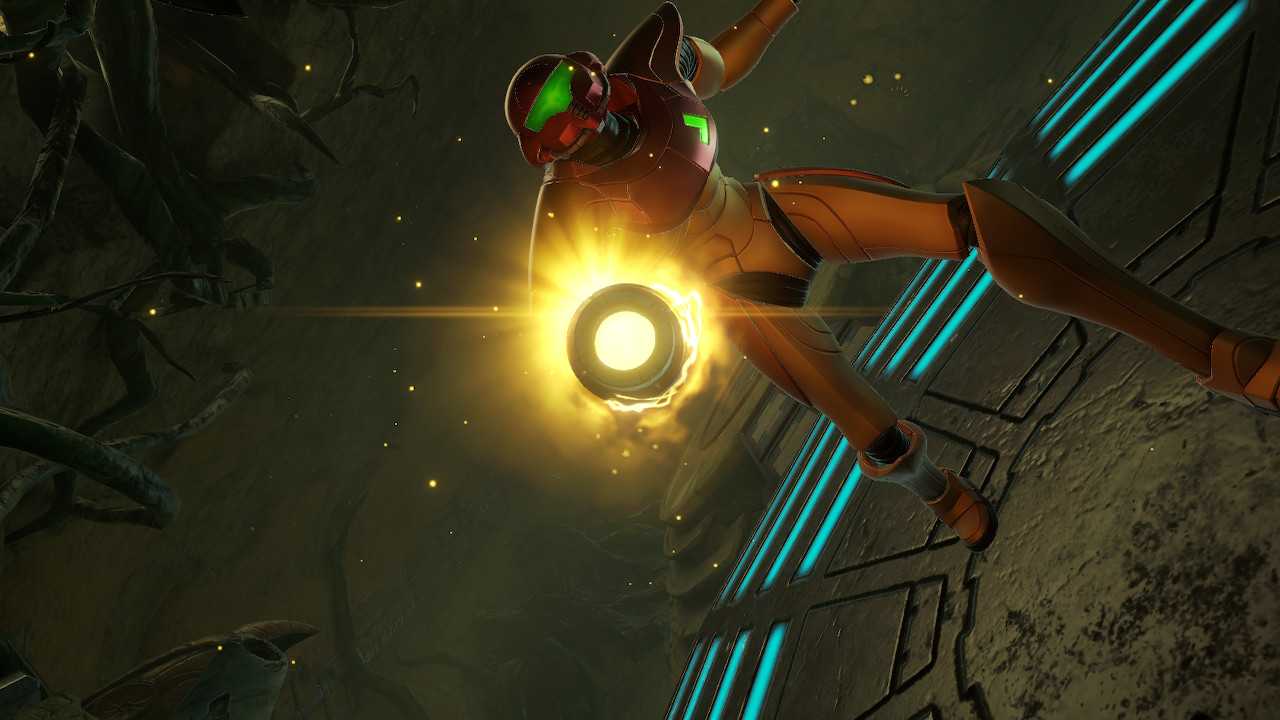
More Metroidvania or more FPS? – Metroid Prime Remastered review
Il gameplay of the game is mostly related to the first person view, but it is fair to call it one shooter right? Already in his time, Nintendo herself was quick to define it as a “first-person adventure”, avoiding the term FPS (before the acronym became synonymous with framerate) like the plague. The priority, both in the game design of the original and in this remake, rightly goes to the three-dimensional transposition of the exploration from metroidvania. In this sense, we can speak precisely of a metroidvania disguised as an FPS, rather than the other way around. We can not complain; only those who enter the experience with shooter expectations “can” do it.
Even with a different control scheme, the game makes no pretense of pretending to be the first-person shooter it isn’t. And that’s fine with us. Naturally, during combat the confrontation with the conventions of the shooter genre inevitably comes into play. However, the level design is more aimed at recreating the intricate “two-way” platforming of the vein of origin. As such, the original control scheme mapped the fire button to the face buttons, not to the rear triggers. We’re happy to be able to handle it all with two levers, a little less than having to subject the shoulder buttons to more wear than necessary (for three hits at a time, at least in the early game). The lock-on tries to do something about it, but it can’t work miracles.
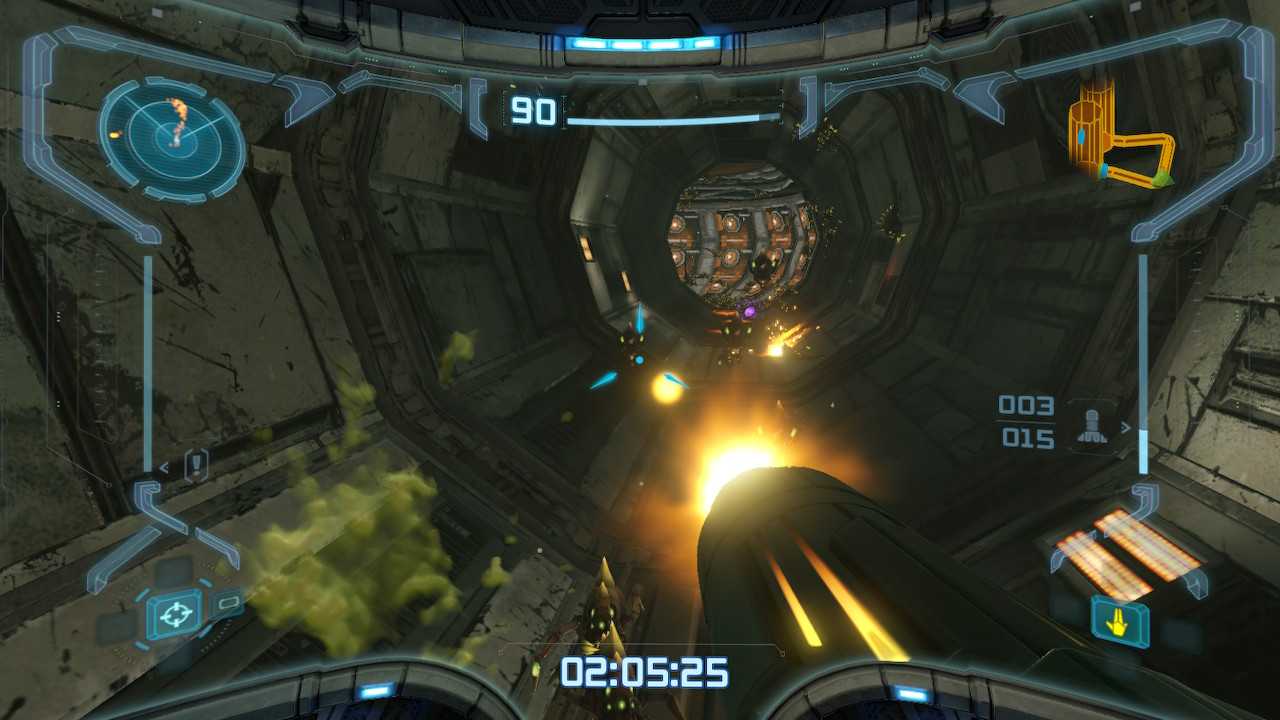
I see double (gameplay) – Metroid Prime Remastered review
We know how canonically resolute Samus is, but hers isn’t just brute strength. Aside from the occasional gunfights with which the game was once subject to the “Halo killer” hype (which, again, it’s not), there are two variations on the theme that also take up a good chunk of the ‘adventure. First we have observation of the surrounding environment. Again, we’re not dealing with the delirium of just any Serious Sam; if you really want a comparison, take the film saga of Alien (homage by the character Ridley) or, possibly, from Dead Space. Long, endless “everything’s calm, too calm” moments: Metroid is that.
Later we will also talk about the Morphosphere element and how it lends itself to phases far from firefights; for now, our focus is all on the different viewers. Already the first moments of the game confront us with the feeling of total helplessness caused by the Scan Viewer, with which the player can subject the game environment to analysis after analysis. A press of the fire button immediately brings you back to the so-called Combat Visor, but it is always advisable to scan the scanable. Especially considering that other visors (and enemy attacks capable of temporarily tampering with Samus’s field of vision) take over later.
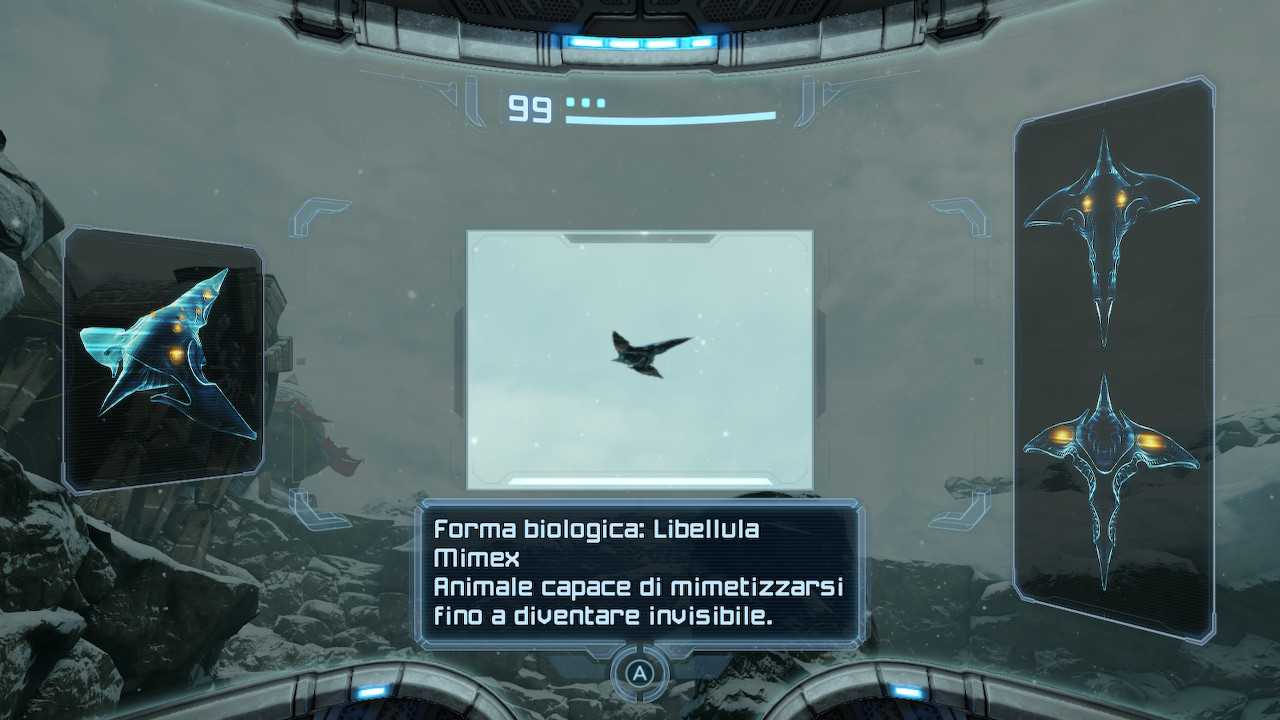
Bonfire 2.0 – Metroid Prime Remastered review
“Save often, save now”: here too it is convenient to quote one of NRU’s adages, although the comparison with Dark Souls in the subtitle above does not quite fit 100%. The title of Hidetaka Miyazaki, for those who remember it, was generous with autosave (for better, but above all for worse). Here it is rather up to us to earn the dear old man save point. You will be happy to come across one of these safe areas just like you do with bonfires; difficult, however, to say the same of their rarity. You can’t find them exactly on every corner, testifying to the chronological age of the title.
It is absolutely in the player’s best interest to have every little progress set in marble, let alone the major ones. The Scan Viewer can come in handy for understanding how to break down i boss, whose defeat really “counts” once you save your game. There map, in this sense, it is not always helpful: that cartographic simplicity typical of any metroidvania gives way here to a 3D plan that is not always easy to read. And keep an eye out for that symbol”[S]” to take a break you need above all once you have expanded (or replenished) your arsenal, especially in the case of the always useful (and very, very rarely reloadable in the appropriate stations) missiles.
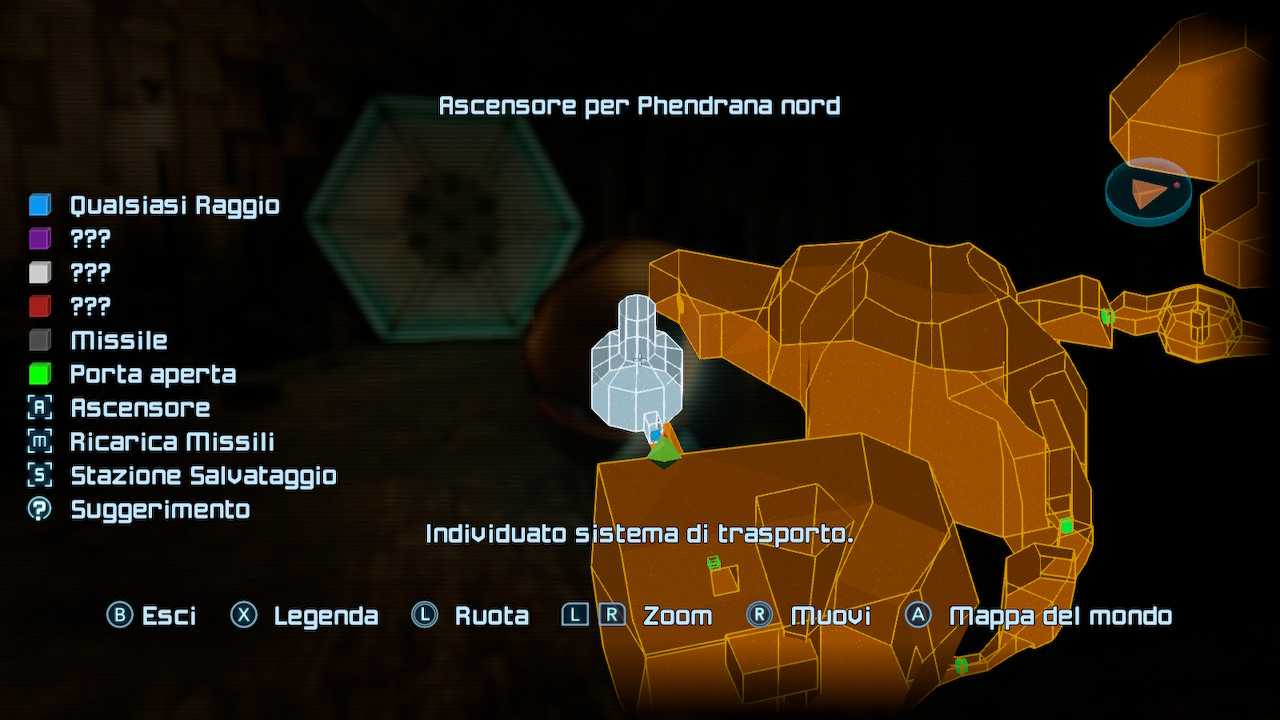
I can’t see it, but I believe it – Metroid Prime Remastered review
Forgive us if we were a little more picky than necessary about the nature of the game as a “only half FPS”. For the platforming, however, we have much less to complain about. Let’s get one thing straight. Reminding you exactly the directions to reach any room is not necessary, but we would be lying if we said that your gaming experience did not benefit from it in any way. On the contrary: le traps abound! On several occasions, we found ourselves in hostile terrain in which we (almost or not, depending on the case) lost all our health points in a short time. But there is a very tasty “but”.
Perhaps to accommodate the complications dictated by the new subjective view (not counting the edges of the helmet, which can be deactivated from the options menu), the platforming has graced us with a more generous margin of error than expected. However, it can happen that the height or width of a jump is miscalculated. Not for this, fortunately, you risk dying like in a random Crash Bandicoot N-Sane Trilogy. This act of leniency might make purists turn up their noses. When managing possible ambushes by a group of enemies goes hand in hand with exploration, however, a clear line must be drawn between the player’s obvious error and unjust deaths.
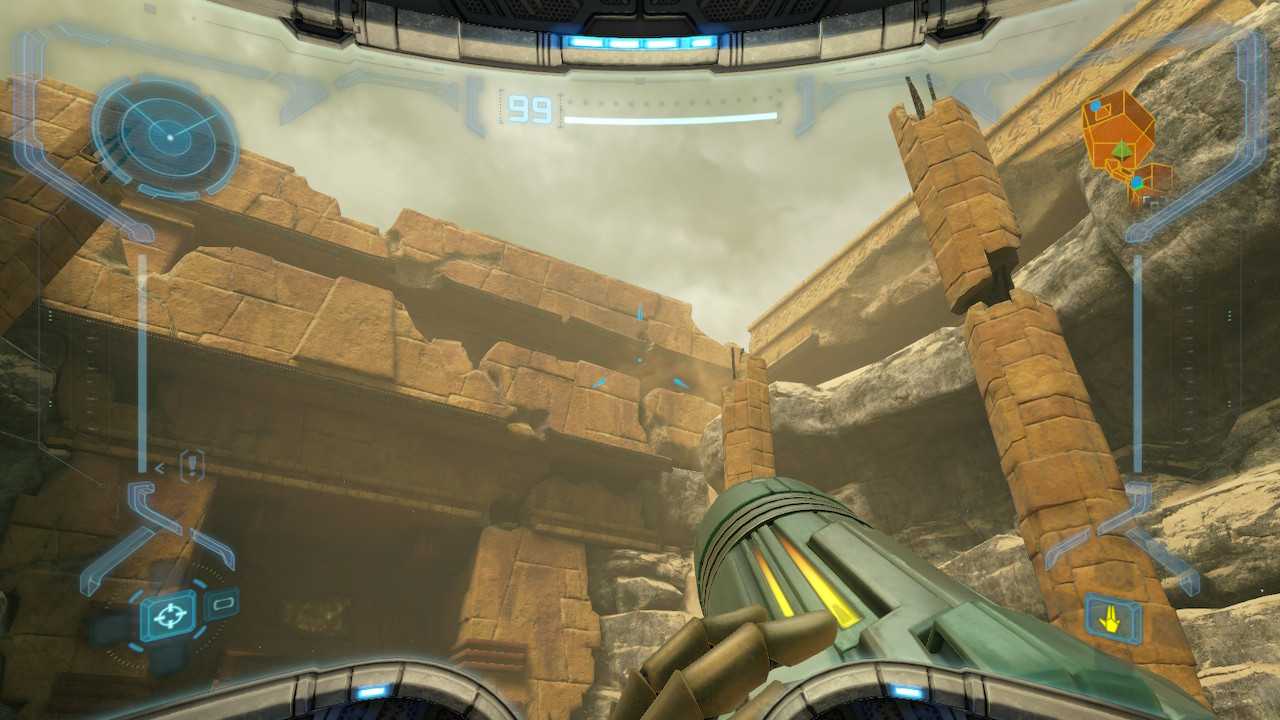
Sonic Boom – Review Metroid Prime Remastered
We wouldn’t be talking about an exponent of the Metroid saga without the return of morphosphere. In addition to a terrifying and hilarious incident that happened to the Space Pirates in trying to replicate its technology, the skill with which Samus compacts into a meter in diameter makes its return here too. In the sections where it is required, the transformation puts the gameplay loop back on the more conventional tracks of the metroidvania genre without necessarily (except for side-scrolling phases only) sacrificing any of the three-dimensional level design. This doesn’t preclude combat (that’s what bombs are for), but tunnels usually don’t have dangerous obstacles.
There’s no shortage of occasional obtuse gimmicks (such as mapping the Morphosphere’s jump button to a different button than the standard one normally used by Samus), but in general the idea also renders in 3D without compromise. Of course the story changes for theArachnosphere which takes over later, which to avoid abuse of the Z axis is limited to special tracks. This is comparable to Kirby’s flight, which in The Lost Land can suddenly only be used for a short time. In both cases, none of the changes ever ends up distorting the essence of a gameplay born in two dimensions.
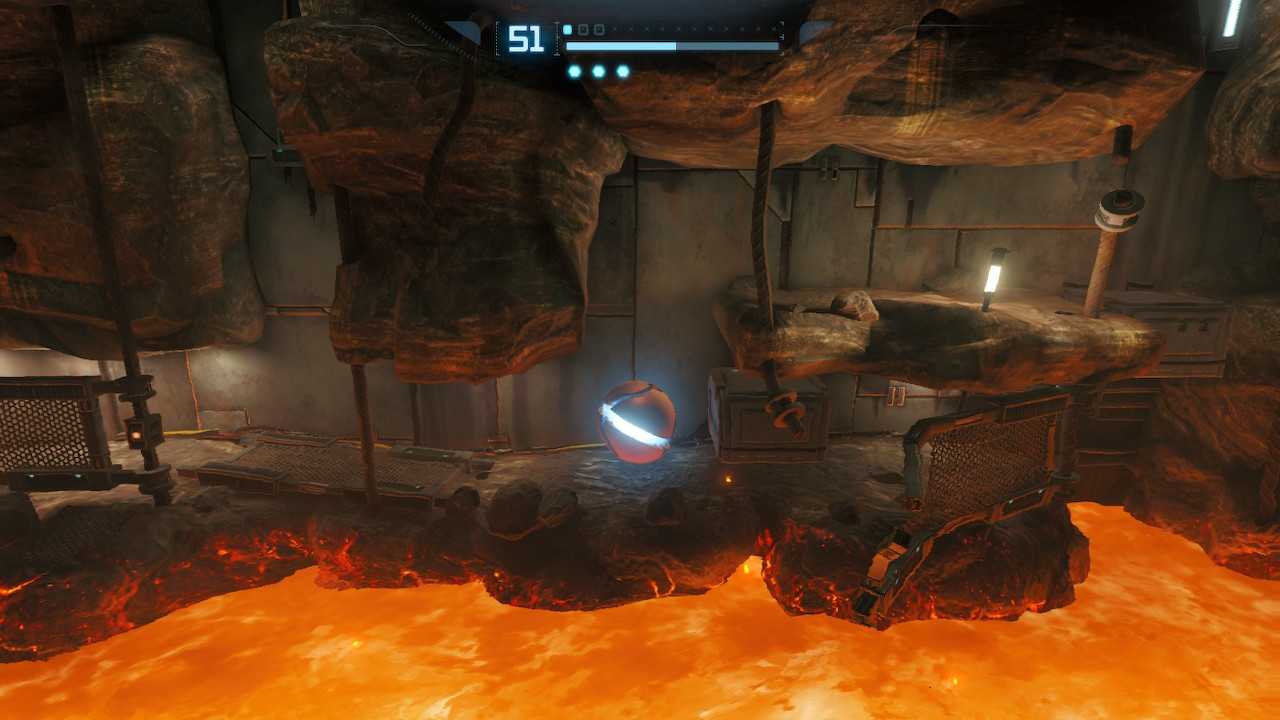
At A Glance – Metroid Prime Remastered Review
The mechanics of scans are not uniquely receptive. The Scan Viewer it also allows you to send data to nearby machines, to activate all sorts of technologies, from electronic devices to ancient runes. Speaking of antiquity, even the ancient race of the Chozo (a staple for Samus in the saga) has scattered here and there throughout Tallon IV various subscriptions that describe the slow and inexorable environmental deterioration of the planet. Years before the Souls-like genre popularized the concept, Metroid Prime made narrative mosaic (or “lore”, if you will) one of its strengths.
Naturally, to put the pieces together, they must first be visible and consultable in a separate gallery. The in game menu, selectable in this version with the Minus key, also includes a glossary for the information obtained and a bestiary for all enemies subjected to analysis. This is how we were able to tell you about the Space Pirates’ attempt to replicate the Morphosphere. And it’s also how you will learn, willy-nilly, to occasionally expose yourself to danger with the Scan Visor. The possibility (sometimes remote, sometimes not) of obtaining interesting information by analyzing everything soon becomes a “game within a game”.
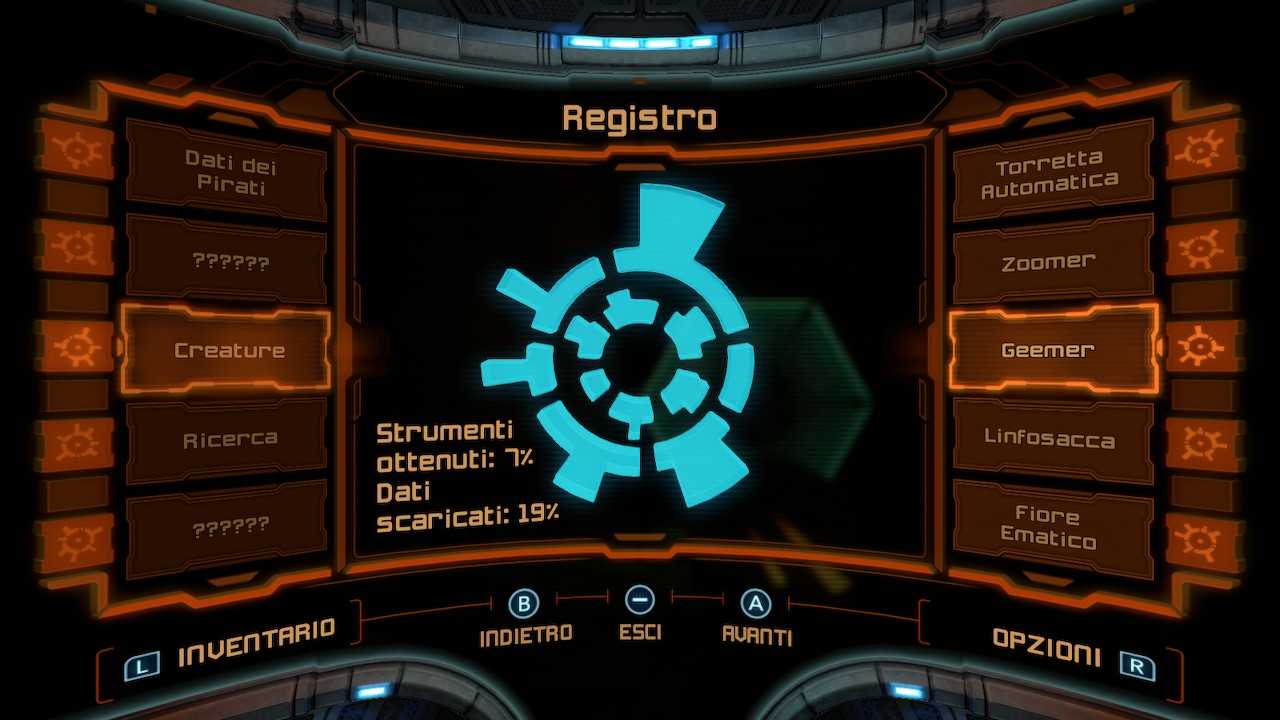







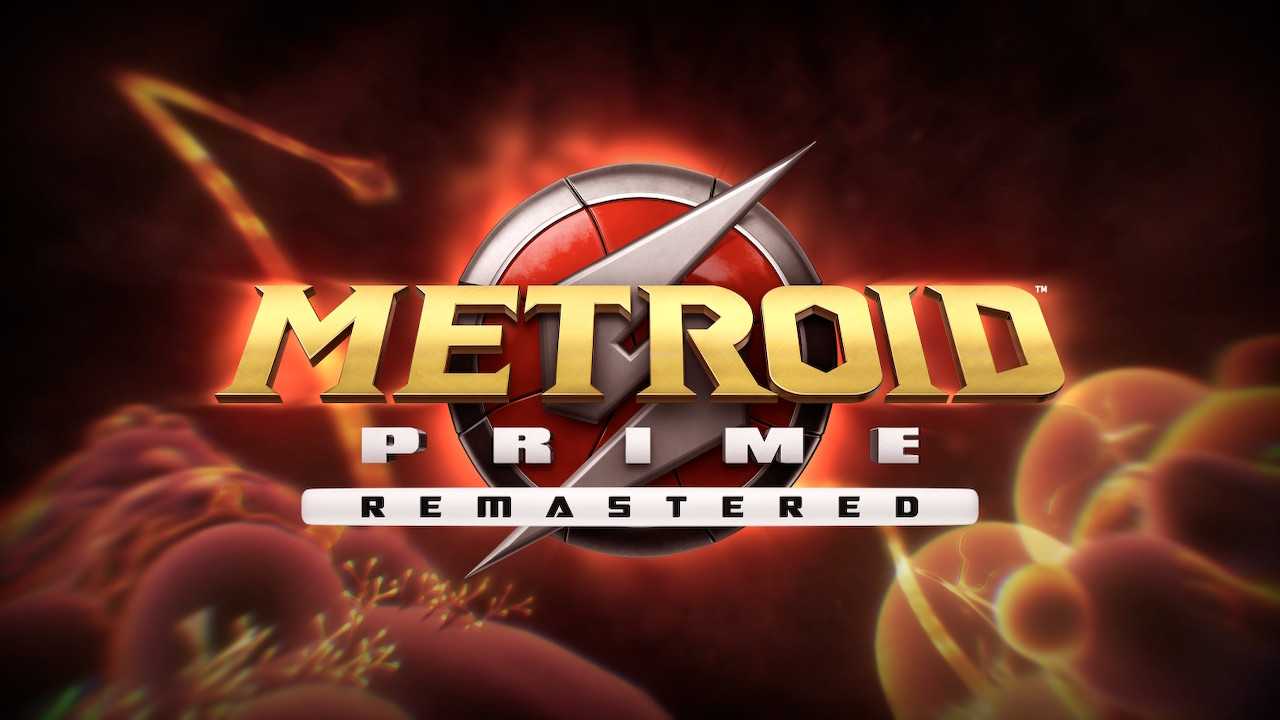




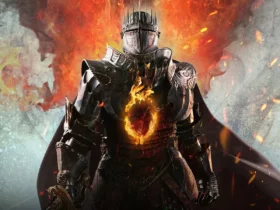



Leave a Reply
View Comments